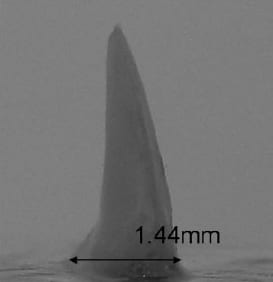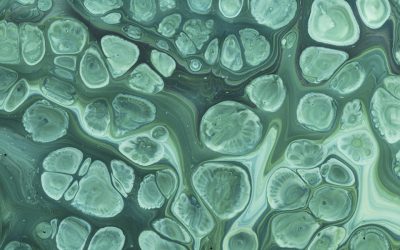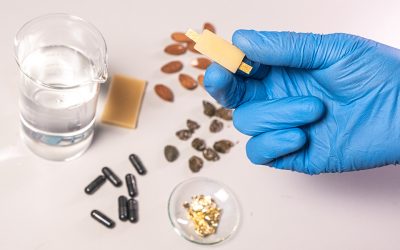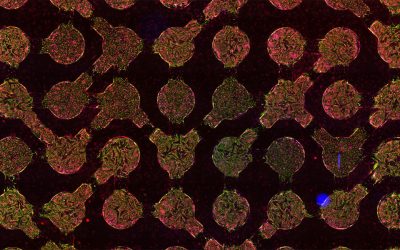It’s a common cultural perception that piranha fish are deadly predators with razor-sharp teeth and an insatiable hunger for human flesh. While much of what is generally believed about these creatures is more hyperbole than fact, it remains the case that they can be dangerous – maybe not if you’re a fisherman or innocent bather (although you can get a nasty bite), but certainly if you’re a fellow fish sharing a lake with them. For these unfortunate animals, evolution seems to have provided at least some protection – often extremely complex biological armour plating. This is, as you might image, where materials scientists come in.
In an effort to understand at least type of this biological protection, Dr. Marc Meyers and co-workers from the University of San Diego have analysed the structure and strength of scales from Arapaimas gigas. These freshwater fish – among the largest in the world – live mainly in seasonal lakes in the Amazon basin. When the water level drops in the dry season, they find themselves sharing small bodies of water with predatory piranha fish, which can be observed attacking every and any living creature (with the exception, apparently but not unbelievably, of alligators). However, the Arapaimas seem to survive this ordeal – the question is, how?
The secret is right out there in the open, covering every fish from head to tail. Their corrugated scales (so rough that they can be used as nail files) grow to lengths of up to 10cm and are microstructured to allow the ideal balance between flexibility and toughness. In fact, not only do they prevent bites from penetrating into the internals of Arapaimas, they’re tough enough to break the teeth of any piranha unwise enough to try.
To back these claims up, the group performed tests in a punch machine (an Instron 3367, if you’re taking notes). Individual piranha teeth were attached to the upper punch, and the two different parts of the Arapaimas scale was glued to the lower, on top of a synthetic rubber layer intended to simulate the underlying flesh of the fish – the softer, more flexible lower layer, and the tough, strong mineralized surface area. Although the researchers found that the piranha teeth were strong enough to penetrate the unprotected lower layers, they did not have the strength to break through the protective, mineralized surface – instead they shattered if struck with enough force.
The combination of these two layers – the flexible support behind the strong mineral surface – gives Arapaimas the ideal combination of flexibility in the water, essential for effective swimming, and surface strength, essential when a hungry piranha comes calling. If this structure could be reproduced in hybrid, man-made ceramics it might just open the door to a whole range of flexible, strong composite materials – that will be the next challenge.


















